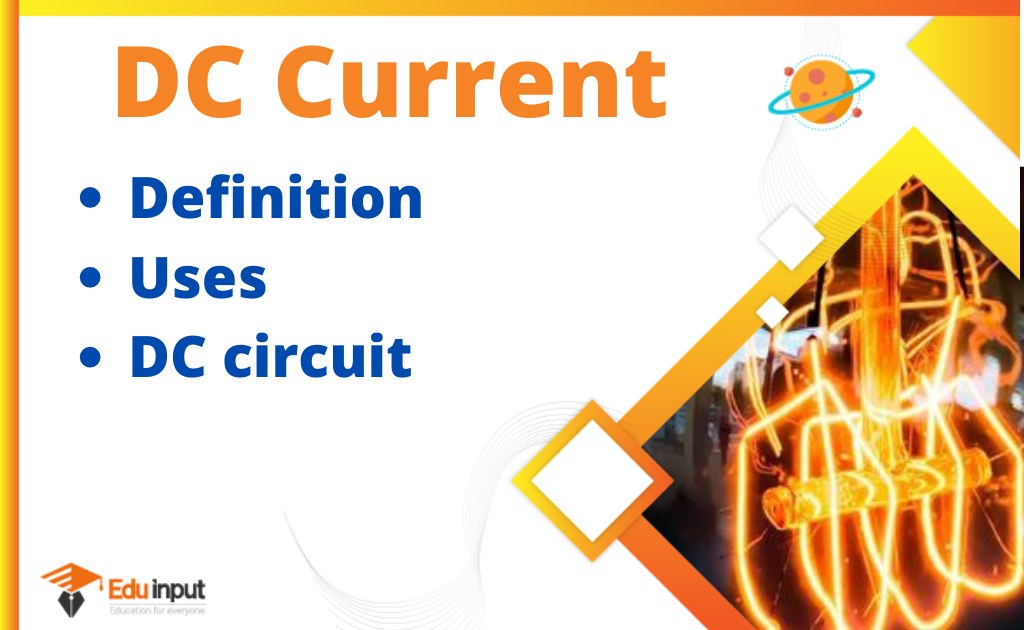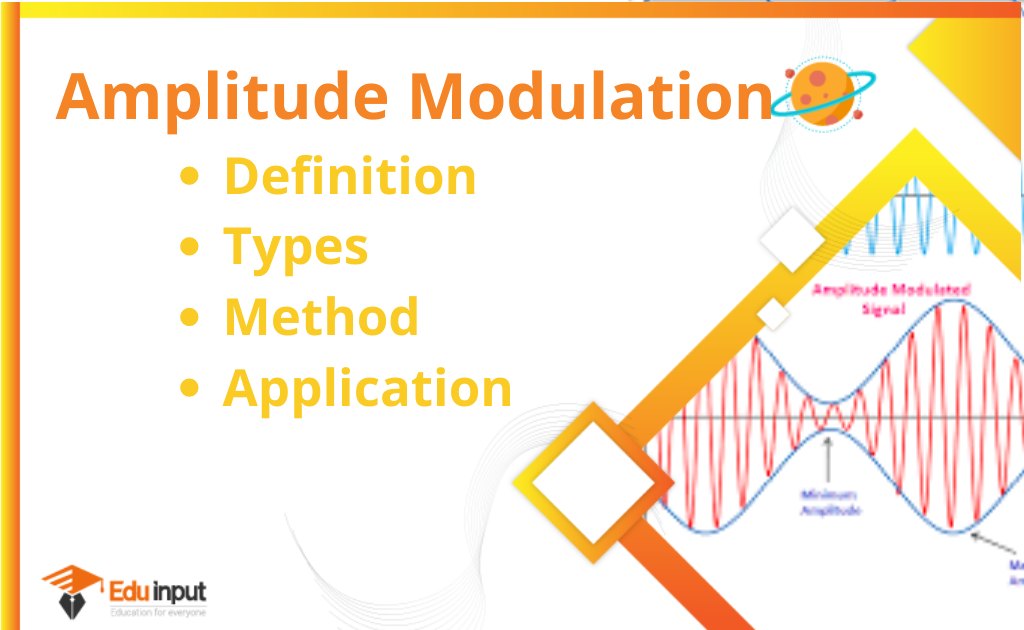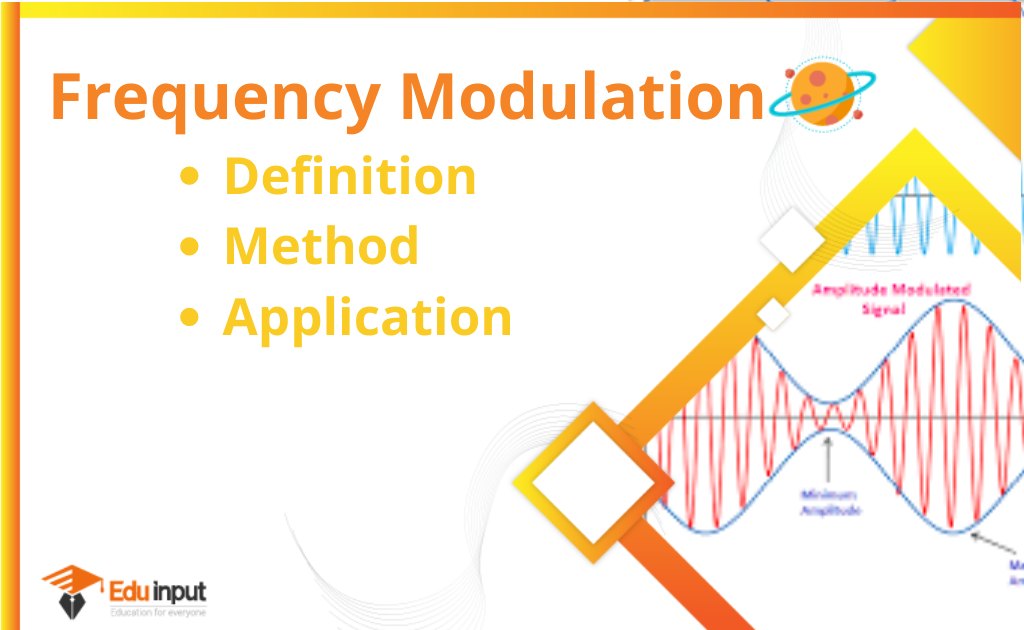Three-Phase Electric Power-Definition, Types, And Advantages
The three-phase electric power is commonly used to provide reliable and constant power to the whole house. The supply is also used for small businesses. The three-phase supply is used for small appliances and gadgets. These supplies are commonly known as ‘three phases’ because they supply three phases of power. It has replaced two-phase power for the commercial distribution of electrical energy.
Three-phase Electric Power
The most common type of alternating current used in electricity generation, transmission, and distribution is called three-phase electric power. Multiple people were responsible for the development of three-phase electrical power. Three-phase power works by the voltage and currents being 120 degrees out of phase on the three wires. The high efficiency of the AC system is due to the fact that it allows the voltages to be easily stepped up using transformers to high voltage for transmission, and back down for distribution.

A three-wire three-phase circuit is usually more economical than an equivalent two-wire single-phase circuit at the same line to ground voltage because it uses less conductor material to transmit a given amount of electrical power. Small loads often use a two-wire single-phase circuit, which may be derived from a three-phase system.
Why do we need Three-phase Electric power?
As data centers and server rooms continue to see higher densities, the ability to deliver ever-increasing amounts of power is particularly important. More powerful computing systems are being packed into the same places that once housed server that draws only a fraction of the electrical power that today’s computers and networks demand. It wasn’t long ago that a single IT rack of 10 servers would draw a total of five kilowatts of power.
Dozens of servers that collectively draw 20 or 30 kilowatts can be found in that same rack. Even a small percentage improvement in power consumption will mean significant dollar savings over time, so you want to put a premium on efficiency at those kinds of levels. Another issue is the electrical wiring. Consider a rack with 15 kilowatts or more. It takes 125 Amps to power the rack, which requires a wire that is almost one-quarter inch in diameter (AWG 4. and is too thick to work with easily.
The same power can be delivered using smaller wiring because three-phase electric power is more efficient. Three wires that are less than one-tenth of an inch in diameter are required to support the same 15 kW rack with Three-phase electric power.
Every household has been looking for a three-phase supply in their home. It is one of the most useful devices that is used by people in any region where electricity is not provided. These supplies are mostly used in rural areas. The supply helps in providing an uninterrupted power supply.
Advantages of a three-phase Electric Power
The main advantage of a three-phase supply is that it can provide reliable and constant power to the entire home. It is also used for small businesses. The three-phase supply is divided into a primary circuit and a secondary circuit. The primary circuit is used to supply power to the whole house while the secondary circuit is used to supply power to the appliances and gadgets.
Different types of three-phase supply
There are different types of three-phase supply which are categorized as split phase, delta phase, and wye phase.
Split phase
A split phase supply is one of the most commonly used three-phase supplies. They have four terminals that are marked as L1, L2, N, and G. These supplies are connected to the circuit breaker of the house and supply power to the entire house.
Delta phase
A delta phase supply is another type of three-phase supply that has three terminals. The supply is similar to a split phase supply, but there is a difference. A delta phase supply has one terminal that is connected to the line of the house and the remaining two are connected to the neutral and the ground.
Wye phase
A wye phase supply has one terminal that is connected to the line and the remaining two terminals are connected to the neutral and the ground.







Leave a Reply